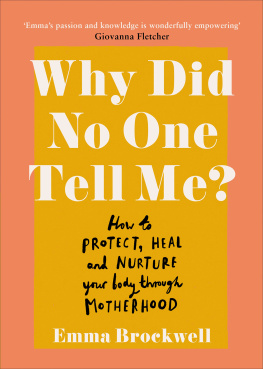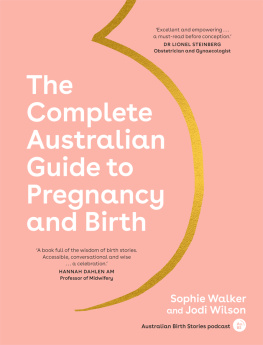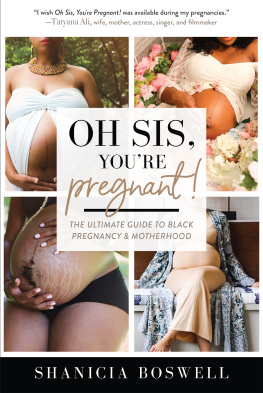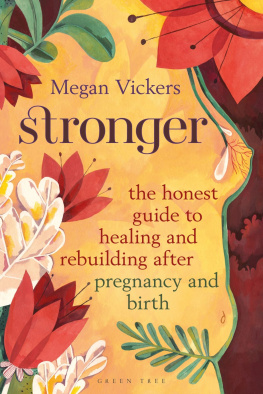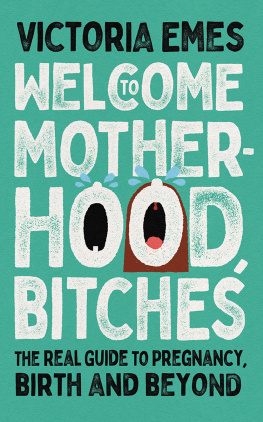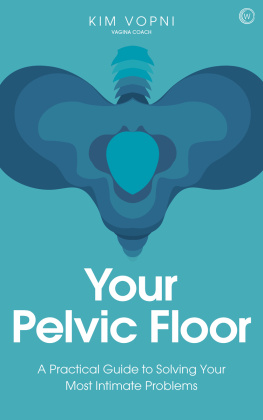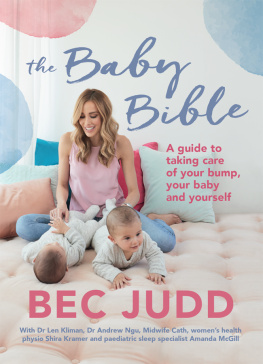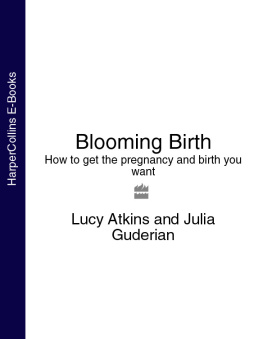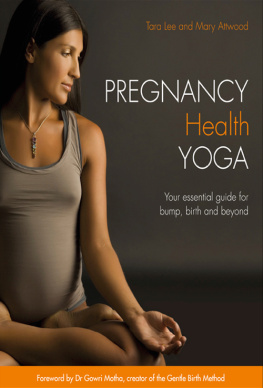
Emma Brockwell
Why Did No One Tell Me?
How to protect, heal and nurture your body through motherhood

Contents
About the Author
Emma Brockwell qualified as a physiotherapist in 2005 and specialised in pelvic health physiotherapy in 2012. This speciality turned into an ever-growing passion when she gave birth to her first child. General conversations with her mum friends made her realise how incredibly common pelvic floor dysfunction was amongst new mums and that they were receiving a lack of consistent information and help for such conditions. It became very apparent to her that women were not being told enough about their pelvic health during and after childbirth, and that treatment, largely in the guise of pelvic health physiotherapy, was available to address and treat these common but not normal symptoms.
As a keen runner, Emmas own personal postnatal journey and return to running was shrouded in a myriad of injuries. She realised the absolute importance of postnatal rehabilitation and has since been on a mission to educate and promote it, with evidence-based information, to women and health and fitness professionals who do not specialise in this subject.
In 2019 she co-authored the first Returning to Running Postnatal Guidelines, the infographic of which has been published in the British Journal of Sports Medicine and aligned with the Chief Medical Officers physical activity guidelines. Emma has spoken about this subject at medical and exercise conferences, and has written for magazines including Womens Running and Womens Health. She has written and presented for social media influencers about pelvic health including Giovanna Fletcher and Ruth Crilly.
She has appeared on a variety of podcast episodes and has recently launched her own podcast, At Your Cervix, alongside her friend and colleague Grainne Donnelly and the Physio Matters team. Emma is the co-founder of Pelvic Roar, a physiotherapy-led collaboration, is on the clinical advisory board for The Active Pregnancy Foundation and is an associate member to the Perinatal Physical Activity Research Group. She set up and led the womens health department at London Bridge Hospital, but now runs her own clinic in Surrey and London.
Introduction
You are about to go on an extremely exciting journey a journey from pregnancy through to motherhood. I am so happy for you as this is a time like no other. You will go from being a you, to an us, to a family unit in a short space of time. It is incredible; it is life-changing. It is also a time when you will see a lot of change happening to your body, at quite a rapid rate. Some changes you will expect and some will surprise you. Whilst we celebrate the miracle of pregnancy, we often underestimate how these changes, along with childbirth, can affect the physical health of a woman.
You will no doubt love many of the changes that you will experience during pregnancy and childbirth your hair will grow thicker and more luscious, your bump will grow and look divine. However, perhaps unbeknownst to you, pregnancy and childbirth can also cause many unwanted physical symptoms such as lower back pain, pelvic girdle pain, leaking urine, constipation and even pelvic organ prolapse. The many symptoms I mention here are not life-threatening, but they can affect your quality of life.
I am a pelvic health physiotherapist. I treat women of all ages with pelvic health-related symptoms and specialise in prenatal and postnatal care. Essentially, I assess and treat symptoms that are predominately related to the pelvis. These symptoms include those I have just mentioned and are also known as pelvic floor dysfunction. I also treat common pregnancy and postnatal conditions like pelvic pain, back pain and diastasis rectus abdominis (tummy gaps).
For a long time, women have considered many of the physical issues that arise from childbirth as taboo, ashamed of their condition and unsure of how to deal with it to the point that they dont. Some reduce or even quit certain activities to hide their symptoms; they will not run around with their children or do the Zumba class they used to love. Many other women live with these symptoms even as they worsen. Undeterred, they continue to wet their leggings if it means they can run. Ladies often tell me that they have been advised that if they suffer with pelvic floor issues its just an inevitable consequence of being pregnant or a mum. When, why or how was it ever OK to accept these issues? Despite the world of medicine knowing of the huge changes that occur during pregnancy and childbirth, and possible symptoms that can arise as a result, very few women have, until fairly recently in the UK, been offered any form of postnatal rehabilitation!
What is often frustrating for me as a clinician is knowing that many of these conditions can not only be treated but they can also be prevented. What is often frustrating for the many women I treat is the fact that they were simply not told about these conditions until they arose. Why did no one tell me that these issues might occur?; Why did no one tell me how common they are?; Why did no one tell me that some of these symptoms can be prevented?; Why did no one tell me that most of these symptoms can be treated?; Why did no one tell me that this doesnt have to define me?
These taboos surrounding pelvic health need to be broken, challenged and discussed, and symptoms addressed and treated, not just accepted. There are so many things that can be done to protect, heal and nurture your body at this time in your life so that you can live a healthier, stronger life in the future. For a long time, surgical intervention was considered the elixir to managing certain pelvic floor dysfunctions, such as pelvic organ prolapse and urinary incontinence. Sadly, some of the materials used in surgery to address these issues have caused countless, detrimental issues and rightly led to a ban on many surgeries. As a result, conservative approaches to improving pelvic health lie more on the doorstep of physiotherapists.
There is a lot of conflicting information out there on this subject. The information you will find here in this book is evidence-based, busts the myths and states the scientifically based facts. This book is for you, about you. It is your toolkit to help you approach your pregnancy, childbirth and postnatal recovery with the necessary tools to protect, heal and nurture your body during one of the most important stages of your life. I want you to feel empowered and informed knowing how to care for yourself.
About Me
First and foremost, I am mum to my two children, Oscar and Martha, my stepdaughter, Ruby, and wife to my incredible husband, Greg. I have been where you are now and experienced all the worries, excitement, pain and some of the symptoms that we will later discuss. I had two difficult pregnancies which were fundamentally very challenging, physically and mentally. Everything about my first pregnancy was not how I hoped it would be and my first delivery was difficult and ended in an emergency caesarean section.
When I was pregnant with my first child, I was a sports physiotherapist. I lacked knowledge in the world of womens health and was nave about what a toll pregnancy and childbirth take on women. I knew little about how to return to exercise postnatally, which was an issue for me because I am a very keen runner and was hell-bent on returning to running as soon as possible. I underestimated what a journey this would be and suffered many injuries that prevented me from running for months because I got it wrong. I found the information I read and received from professionals conflicting and confusing. Some were advising a return to exercise at six weeks, some at one year. My C-section scar hurt and, worse still, sex hurt. I had pelvic pain and I just didnt know where to turn. Why were there so many unanswered questions to how a woman can recover from having a baby, despite the fact that we have been doing so for millions of years? So I took it into my own hands to specialise and find the answers so that I could then share them with you and the many wonderful women I have been lucky enough to treat over the years. I like to think of it as my calling and feel so strongly that all women should be better guided and rehabilitated during and after pregnancy.
Next page
